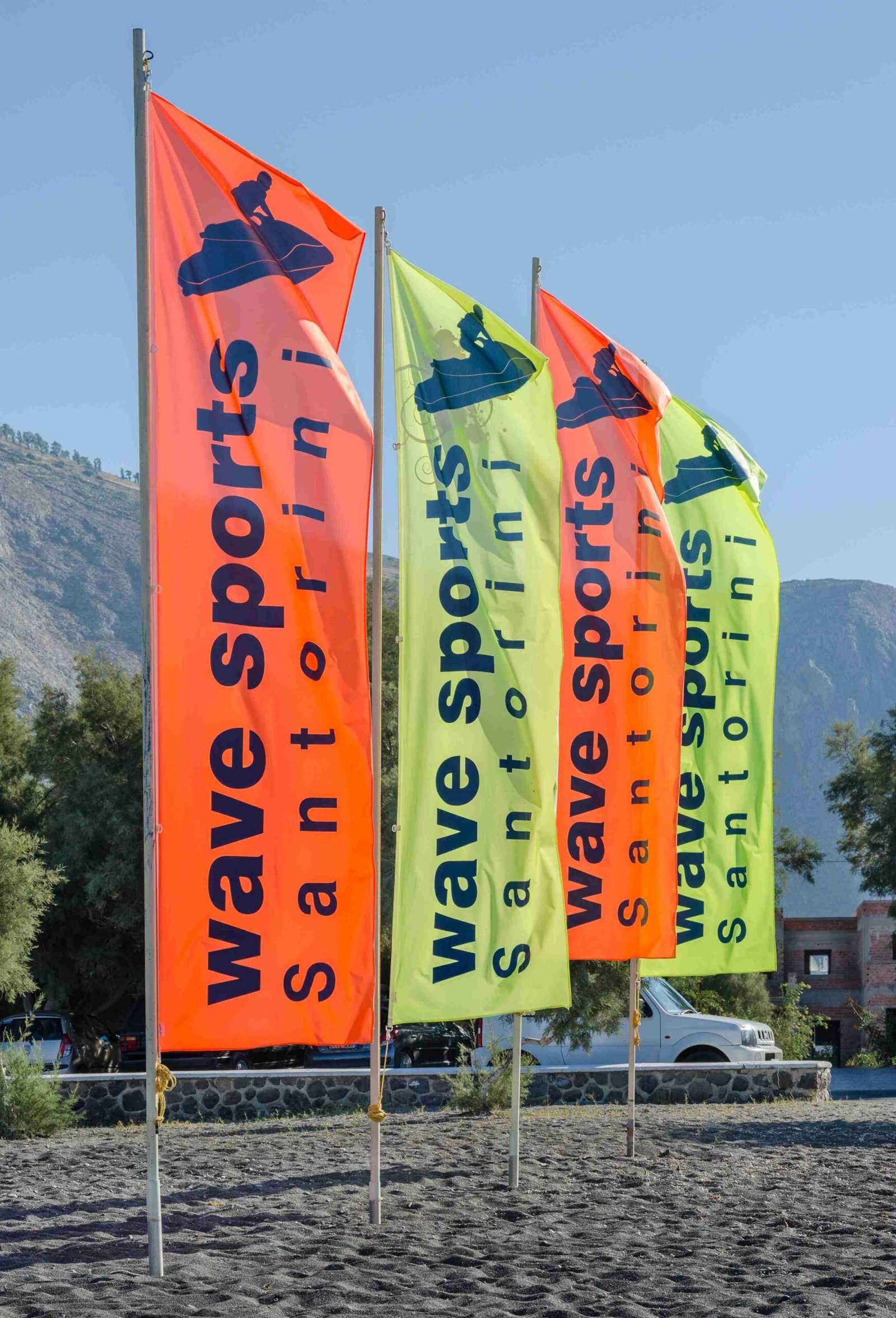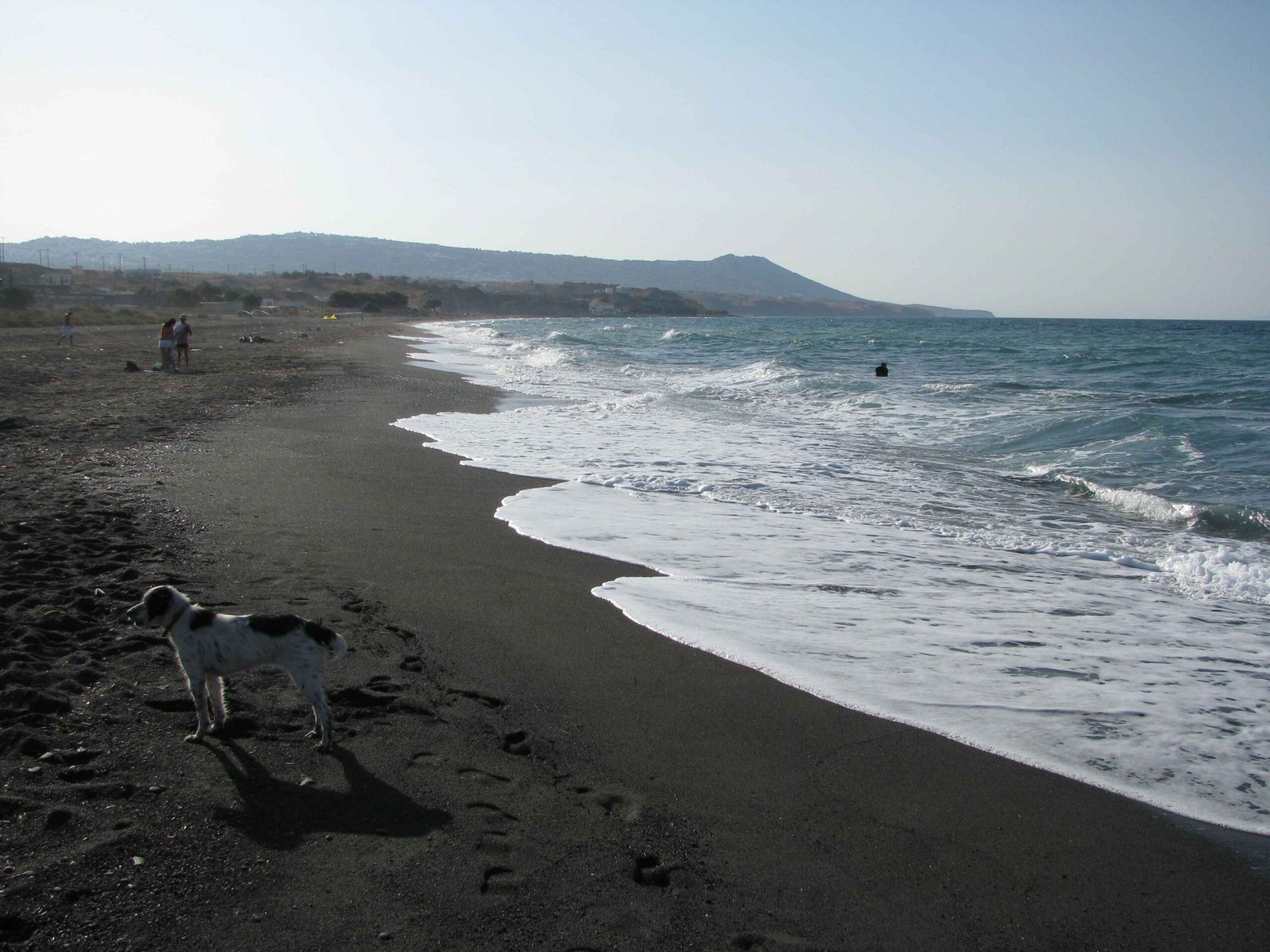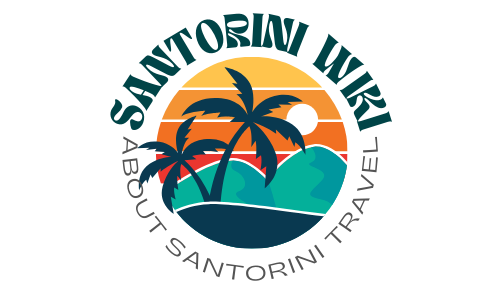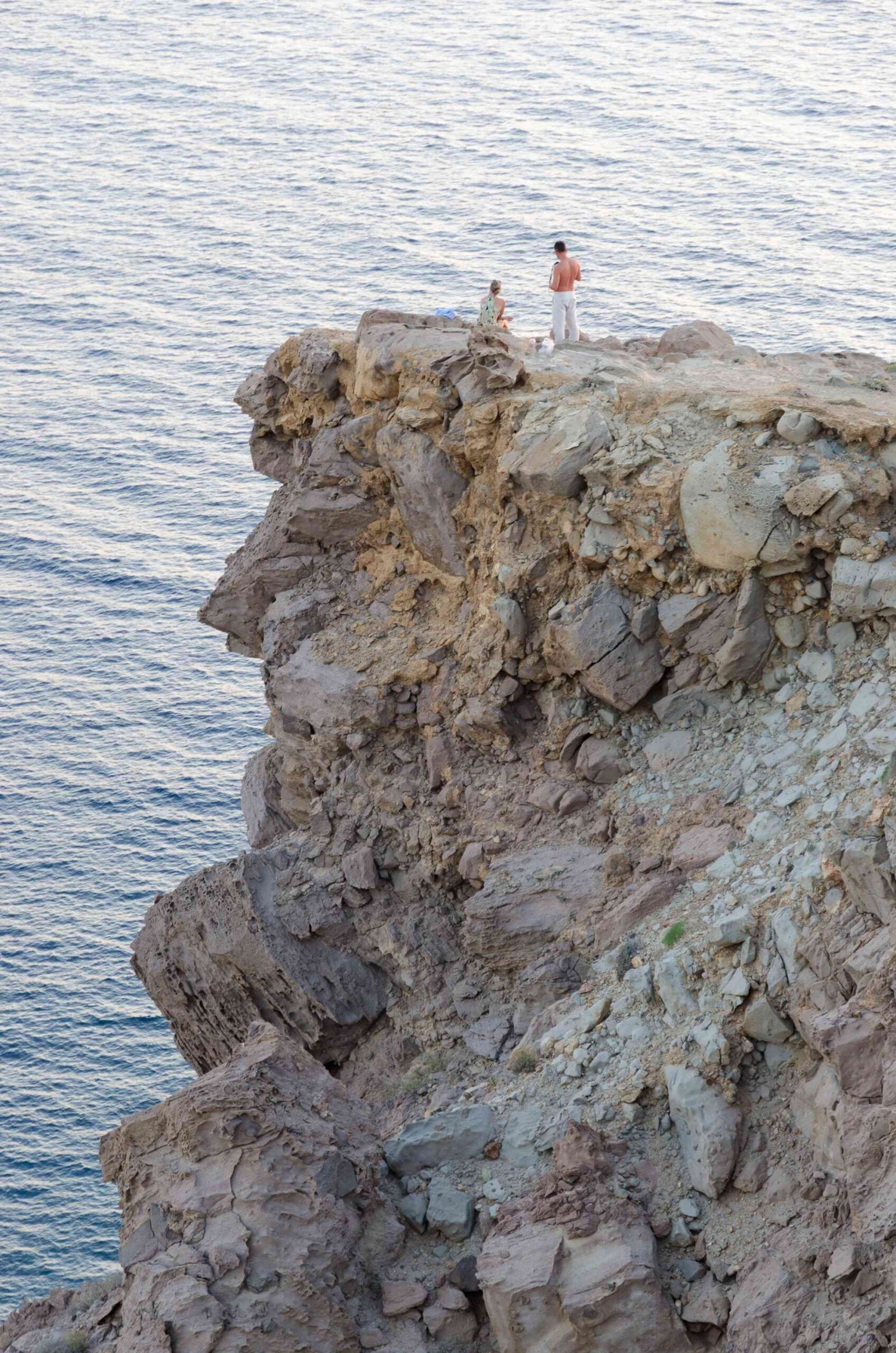The Santorini island chain, located in the southern Aegean Sea, is a captivating archipelago known for its stunning volcanic landscapes, rich history, and vibrant culture. Comprising the main island of Thira and several smaller islands, this Greek paradise offers visitors a unique blend of natural beauty, archaeological wonders, and luxurious experiences. From its iconic white-washed buildings perched on cliff edges to its world-renowned sunsets, Santorini has become a must-visit destination for travelers from around the globe.
What is the Geographical Makeup of the Santorini Island Chain?

The Santorini island chain is a testament to the raw power of nature, shaped by volcanic activity over millions of years. Let’s explore its unique geographical features:
Location and Size
- Situated approximately 200 km southeast of Greece’s mainland
- Part of the Cyclades group of islands
- Main island (Thira) land area: 73 km² (28 sq mi)
- Total municipality area: 90.623 km² (34.990 sq mi)
Islands in the Chain
- Thira (main island)
- Therasia (inhabited)
- Nea Kameni (uninhabited)
- Palaia Kameni (uninhabited)
- Aspronisi (uninhabited)
- Christiana (uninhabited)
Key Geographical Features
- Giant central, rectangular lagoon (caldera)
- Dimensions: 12 km x 7 km (7.5 mi x 4.3 mi)
- Depth: Approximately 400 meters
- Steep cliffs surrounding the caldera
- Height: Up to 300 meters (980 ft)
- Volcanic ash deposits hundreds of meters deep
How Did the Santorini Island Chain Form?

The formation of the Santorini island chain is a fascinating geological story that spans millions of years:
- Volcanic activity began around 2 million years ago
- Extrusion of dacitic lavas from vents around Akrotiri
- Multiple eruptions and caldera collapses over time
- Minoan eruption (circa 1600 BCE) shaped the current landscape
Minoan Eruption Impact
- One of the largest volcanic eruptions in recorded history
- Created the current caldera structure
- Buried the ancient city of Akrotiri under volcanic ash
- Possibly contributed to the collapse of the Minoan civilization on Crete
What Are the Must-Visit Attractions in the Santorini Island Chain?
Santorini offers a wealth of attractions for visitors. Here are some of the top sites you shouldn’t miss:
- Oia Village
- Famous for its stunning sunsets
- Picturesque white-washed buildings with blue domes
-
Narrow winding streets filled with shops and restaurants
-
Akrotiri Archaeological Site
- Well-preserved Minoan city buried by volcanic ash
- Often called the “Pompeii of the Aegean”
-
Entrance fee: €12 per person
-
Ancient Thira
- Ruins of an ancient Greek city
- Located on Mesa Vouno mountain
-
Entrance fee: €6 per person
-
Fira Town
- Capital of Santorini
- Vibrant nightlife and shopping
-
Home to the Museum of Prehistoric Thira (Entrance fee: €5)
-
Red Beach
- Unique beach with red volcanic sand and cliffs
-
Popular for swimming and sunbathing
-
Santo Wines Winery
- Offers wine tasting with caldera views
- Showcases Santorini’s famous Assyrtiko wines
What Activities Can Visitors Enjoy on the Santorini Island Chain?
Santorini offers a diverse range of activities for all types of travelers:
Wine Tours
- Duration: 4-6 hours
- Average cost: €60-€100 per person
- Visit local wineries and vineyards
- Sample unique Santorini wines like Assyrtiko
Sunset Cruises
- Duration: 2-4 hours
- Average cost: €40-€80 per person
- Sail around the caldera
- Watch the famous Santorini sunset from the water
Hiking
- Popular route: Fira to Oia
- Duration: 2-4 hours
- Average cost for guided hike: €30-€60 per person
- Breathtaking caldera views along the way
Archaeological Tours
- Visit sites like Akrotiri and Ancient Thira
- Duration: 2-5 hours
- Average cost: €20-€50 per person (excluding site entrance fees)
Water Sports
- Available at beaches like Perissa and Kamari
- Activities include jet skiing, parasailing, and scuba diving
- Prices vary depending on activity and duration
Where Can Visitors Stay on the Santorini Island Chain?
Santorini offers a range of accommodation options to suit various budgets and preferences:
Luxury Hotels and Villas
- Location: Primarily in Oia and Imerovigli
- Price range: €200-€1000+ per night
- Features: Caldera views, private pools, spa services
Mid-range Hotels
- Location: Fira, Firostefani, Kamari
- Price range: €80-€200 per night
- Features: Often include breakfast, pool access, sea views
Budget Options
- Location: Perissa, Kamari, parts of Fira
- Price range: €20-€80 per night
- Types: Hostels, guesthouses, budget hotels
Unique Accommodations
- Cave houses
- Windmill villas
- Traditional Cycladic houses
What is the Best Time to Visit the Santorini Island Chain?
The ideal time to visit Santorini depends on your preferences:
| Season | Months | Pros | Cons |
|---|---|---|---|
| Spring | April-May | Mild weather, fewer crowds | Some businesses may not be fully open |
| Summer | June-August | Warm weather, all attractions open | Very crowded, highest prices |
| Fall | September-October | Pleasant weather, fewer crowds | Some businesses start to close |
| Winter | November-March | Lowest prices, very few tourists | Many businesses closed, cooler weather |
How Can Visitors Get to and Around the Santorini Island Chain?
Getting to Santorini
- By Air
- Santorini (Thira) International Airport
- Direct flights from Athens (45 minutes)
-
International flights from major European cities (seasonal)
-
By Sea
- Ferries from Piraeus (Athens) port
- High-speed ferries (5-8 hours)
- Conventional ferries (8-10 hours)
Getting Around Santorini
- Public Buses: Connects major towns and beaches
- Taxis: Available but limited in number
- Rental Cars/ATVs: Popular for exploring the island
- Cable Car: Connects Fira to the Old Port
What Should Visitors Know About Santorini’s Culture and Cuisine?
Local Cuisine
- Fava: Yellow split pea puree
- Tomatokeftedes: Tomato fritters
- Santorini Salad: With local cherry tomatoes and capers
- Fresh Seafood: Grilled octopus, squid, and local fish
Wine Culture
- Unique viticulture using ‘koulara’ method (basket-shaped vines)
- Famous grape varieties: Assyrtiko, Athiri, Aidani
- Visit local wineries for tastings and tours
Festivals and Events
- Ifestia Festival (August): Celebrates the volcano with fireworks and events
- Megaron Gyzi Festival (August): Music and cultural performances
- International Music Festival (September): Classical music concerts
The Santorini island chain offers visitors a unique blend of natural beauty, rich history, and unforgettable experiences. From its dramatic volcanic landscapes to its charming villages and world-class cuisine, Santorini continues to captivate travelers from around the world. Whether you’re seeking relaxation, adventure, or cultural immersion, this Greek paradise has something for everyone.
References:
- https://www.avocadosantorini.gr/blog/santorini-island
- https://www.santorini.com/santorini/geography.html
- https://www.greeka.com/cyclades/santorini/geography/
- https://www.santorini-view.com/
- https://www.visitgreece.gr/islands/cyclades/santorini/

